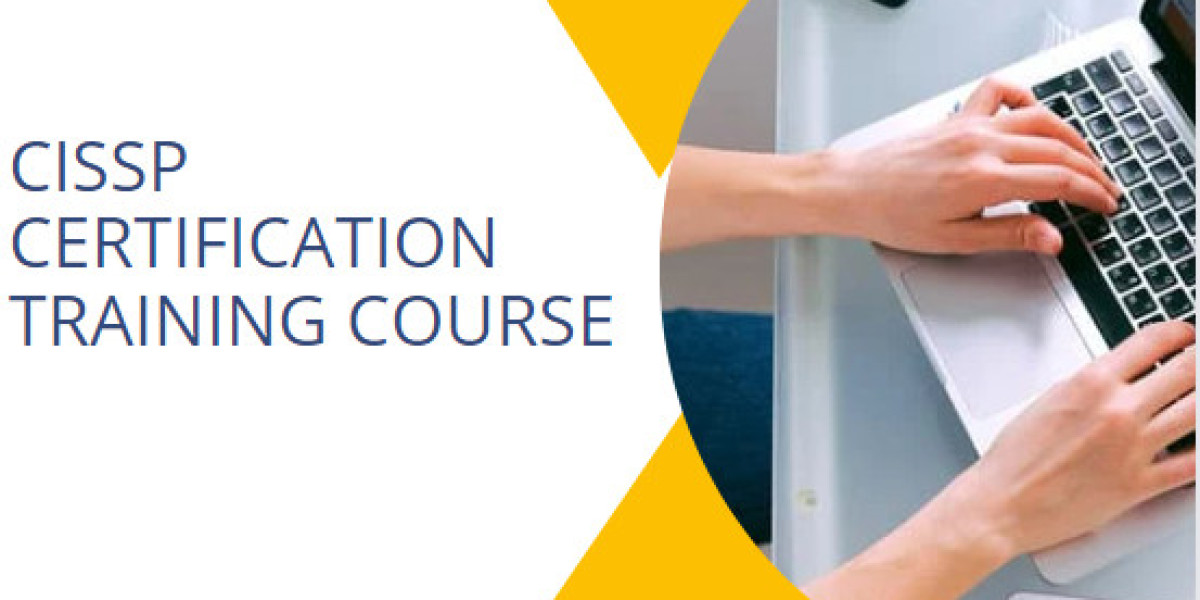The CISSP exam is a rigorous, internationally recognized test for information security professionals. Passing it not only validates one's expertise in cybersecurity but also opens doors to high-level roles in the field. Here’s how I approached the challenge, and what I learned along the way.
1. Strategy: Building a Plan for Success
When I first decided to pursue CISSP certification, I knew a clear, structured approach was essential. The CISSP Common Body of Knowledge (CBK) covers eight domains, and my first task was familiarizing myself with each area. My initial strategy included the following:
- Assessment of Strengths and Weaknesses: I evaluated my understanding across the eight domains to focus on weak areas, such as Security and Risk Management and Security Architecture, from the outset.
- Realistic Timeline: Setting a timeframe of about 4–6 months worked well, giving me a comfortable pace without feeling rushed.
- Weekly Goals: Breaking down the material into weekly goals helped me maintain focus and make incremental progress. I aimed for consistent daily study, usually about 1–2 hours per day.
- Practice Exams Early On: One thing I learned was that practice exams offer a true measure of readiness. Starting with practice questions early allowed me to adjust my study approach and pinpoint misunderstandings.
2. Tactics: Structuring Study Sessions
Passing the CISSP Certification in Phoenix AZ requires understanding the application of knowledge, not just rote memorization. I tailored my study tactics to include both theoretical understanding and practical application.
- Chunking Content: I divided the CISSP domains into smaller, manageable topics. Tackling Security and Risk Management, for example, included sub-topics like asset security and risk management frameworks.
- Mixed Learning Methods: Combining reading, note-taking, and problem-solving with videos and audio materials kept things fresh and reinforced learning.
- Daily Reviews and Flashcards: I used flashcards to reinforce key concepts, particularly helpful for memorizing specific frameworks and models (e.g., ISO/IEC 27001 and 27002). Apps like Anki were a game-changer, letting me review material on the go.
- Weekly Practice Tests: Testing myself weekly allowed me to gauge improvement and recalibrate my focus. I reviewed every answer explanation, even for correct responses, to ensure no gaps in understanding.
- Mind Mapping Complex Concepts: For domains with complex ideas (such as cryptography and security architecture), I used mind maps to visualize relationships and connections between concepts.
3. Materials: Curating High-Quality Resources
Selecting the right resources was critical. The CISSP exam is known for nuanced, scenario-based questions, so quality materials were crucial to understanding how to apply concepts.
- Official (ISC)² CISSP Study Guide: This official guide is comprehensive and helped me thoroughly cover each domain. I used this as my primary source, supplementing it with additional resources when topics were challenging.
- CISSP All-in-One Exam Guide by Shon Harris: Known for its detailed explanations, this book was beneficial for in-depth study, especially for complex topics like cryptography and security architecture.
- Practice Questions: (ISC)²’s official practice tests, along with additional question banks like Boson and Pocket Prep, were incredibly helpful. Consistently practicing questions helped familiarize me with the CISSP's unique question style.
- Video Lectures: I found the Cybrary video series by Kelly Handerhan particularly effective. Her teaching style made complex topics accessible, and her practical approach helped me remember details more easily.
- Audio Resources for Passive Study: Using audio material, such as Audible’s CISSP courses, allowed me to review topics passively during commutes, adding more study time without feeling overloaded.
- CISSP Practice Apps: Apps like Pocket Prep provided quick, on-the-go access to practice questions, ideal for filling in spare moments productively.
4. Creativity: Making Study Engaging and Memorable
One unexpected part of my CISSP study journey was learning to engage creatively with the material. Creative techniques not only made studying more enjoyable but also helped reinforce learning effectively.
- Gamification and Challenges: I turned studying into a challenge by setting daily question quotas and tracking my progress. Treating each question set as a mini-quiz helped me build confidence over time.
- Peer Study Group: Connecting with other CISSP candidates in an online study group was a huge motivator. We used forums like Reddit and LinkedIn groups to ask questions, share resources, and clarify doubts. This collaborative approach also introduced new perspectives on challenging topics.
- Real-World Applications: For concepts in security governance and risk management, I used real-world examples to deepen my understanding. Applying CISSP knowledge to current events in cybersecurity, such as data breaches and privacy laws, gave me a practical perspective on theoretical concepts.
- Memory Palaces for Complex Topics: For topics with detailed structures (like protocols in network security), I built memory palaces—a mental technique for organizing information. Associating elements with familiar locations helped me retain details.
- Teaching Concepts to Someone Else: Teaching others is a powerful way to reinforce learning. I occasionally explained CISSP concepts to friends in the field or even recorded myself explaining topics. It clarified my understanding and improved my confidence for the exam.
The Exam Day Experience
On exam day, I focused on time management and pacing. The CISSP CAT (Computerized Adaptive Test) format can adjust to performance, so careful pacing was essential. I aimed to stay calm, reviewing each question thoroughly before moving on. For complex questions, I employed the “flag and revisit” approach. This helped me maintain momentum without getting stuck on difficult questions, improving my confidence as I progressed.
Final Thoughts
Passing the CISSP was as much a test of perseverance and strategy as of technical knowledge. The journey required balancing focus and flexibility, adapting study methods as I progressed. By setting clear goals, curating high-quality resources, and creatively engaging with the material, I was able to conquer one of the most challenging certifications in the cybersecurity industry.



